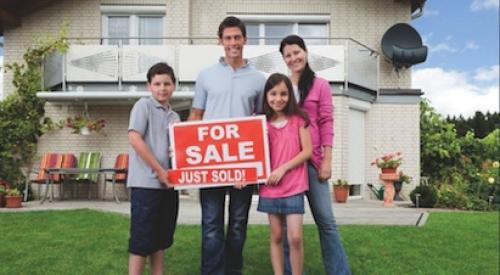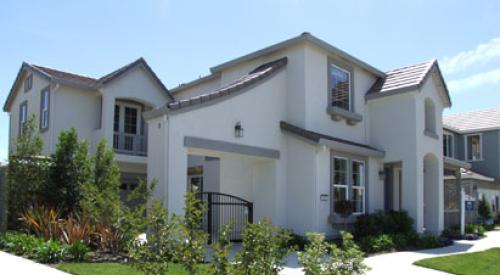| Heather McCune's Editorial Archives |
Long gone have been the days of Ward, June, Wally and the Beav as the typical model of the all-American family. But just how much the average American household has changed-and will change still-is central to the health of the housing industry and worth study. One of the most comprehensive looks at the changing face of household formation data is "The State of the Nation's Housing" report recently published by the Joint Center for Housing Studies of Harvard University.
According to the Joint Center report, minorities will grow ever more important to housing markets over the next 10 years. Already, minorities have contributed over 60% of the net growth in households since 1994, and in the next 10 years it is estimated they will account for two-thirds of that growth. Immigrants have largely been driving this surge, with the foreign-born making up roughly one-quarter of the new households added over the last three years.
This year, the total number of households, 105.5 million, breaks down as follows: white 75%, black 12%, Hispanic 9% and Asian/other 4%. By 2010, the projected number of house-holds will grow by 11.7 million, and the breakdown by ethnic group will be: white 36%, His-panic 31%, black 20% and Asian/other 13%.
Hispanics account for the largest share of recent immigrants. Soon they will be the nation's largest minority group, and by 2010, the number of net new households formed each year by Hispanics will exceed that of non-Hispanic whites.
New home builders, particularly those in the South and West, are already seeking to cap-ture this growing demographic group. Ads are placed in Spanish media-radio stations, televi-sion and newspapers. Sales centers are staffed with Spanish-speaking agents. Even new home web sites can be viewed in Spanish or in English.
Homeownership Rates
While the growth of the minority populations has been substantial in the 1990s, the gap between minority and white homeownership rates holds at 25.8 percentage points according to the Harvard report. The disparity between black and white rates is most acute. Despite a booming economy and an effort by those within the home building industry, the lending com-munity and others to reach out to the African-American populations, today's 26.5% gap shows only a slim narrowing since 1994, the first year homeownership rates really took off.
Among U.S.-born Hispanics, the rate of homeownership jumped from 46.1% in 1994 to 50.2% in 1999. Among the foreign-born Hispanic population, the rate climbed from 37% to 40.2%. Today's Hispanic population is highly concentrated, with 75% of all Hispanics living in just five states-Arizona, California, Florida, New York and Texas.












